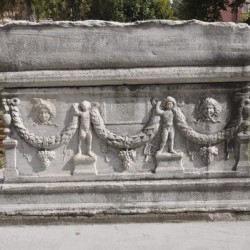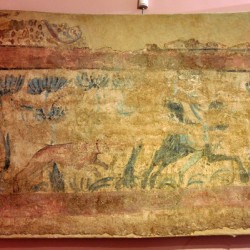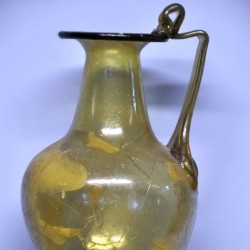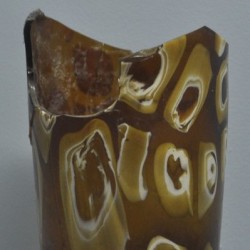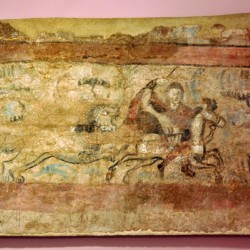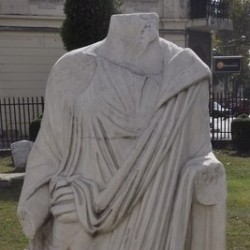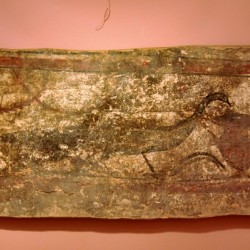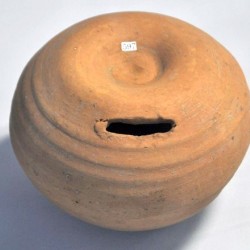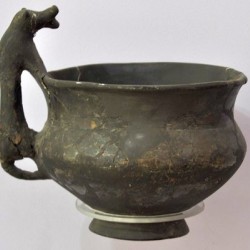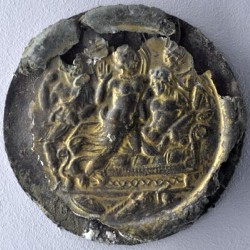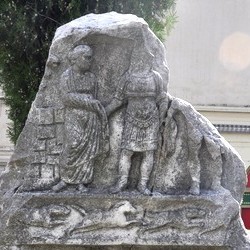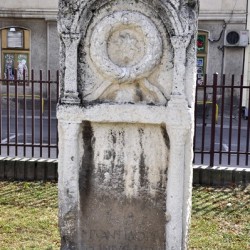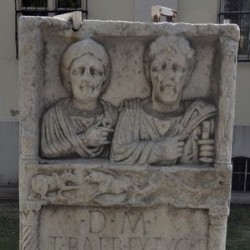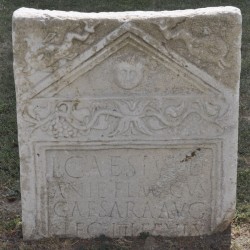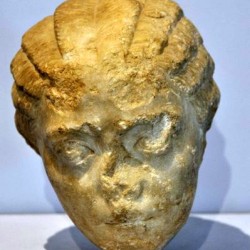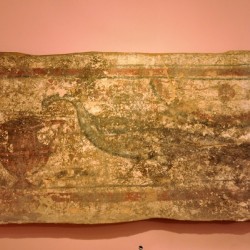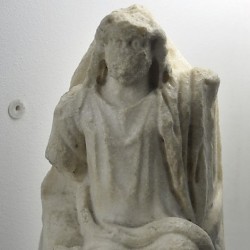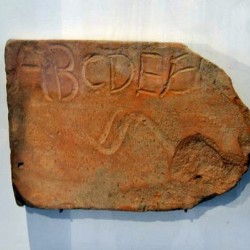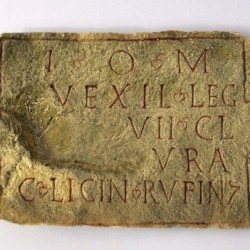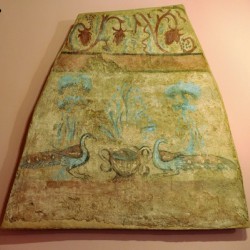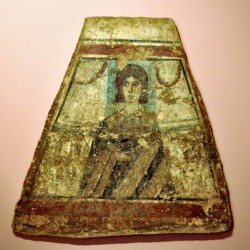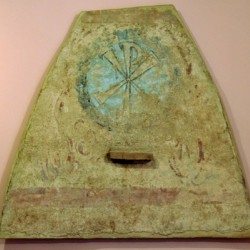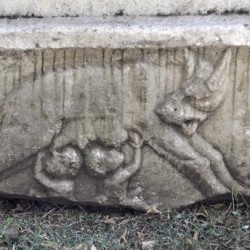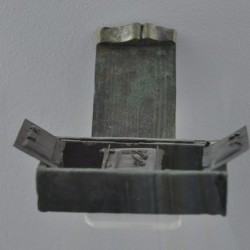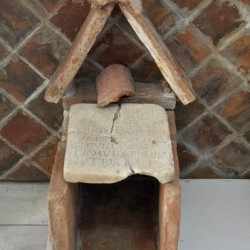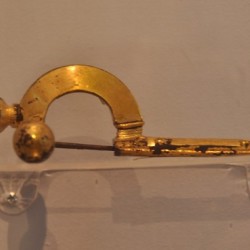Požarevac, Museum of Viminacium
Q12287712The ancient city of Viminacium is situated at the place where the river Mlava empties itself into the Danube. This means that here, three important roads came together: the road upstream along the Danube to Pannonia and the Adriatic Sea, the road downstream to Moesia and the Black Sea, and the road along the Mlava to Naissus and the Aegean Sea.
It comes as no surprise that in Roman times, a legion, VII Claudia, occupied the city, while subunits of IIII Flavia and V Macedonica must have been stationed here as well. It would seem that Trajan used this place as his headquarters for the invasion of Dacia.
Today, there’s a big quarry, which is slowly “eating” the ruins. As is customary, the organization that destroys an archaeological site, has to pay for the excavation, and this means that Viminacium is now being excavated at a truly grand scale. It measures 450 hectares. A necropolis has already been investigated: there were no less than 13,000 tombs.
If you visit the place today, you can see the remains of an amphitheater (currently excavated with some American help), the northern gate of the legionary base, a bathhouse, and a mausoleum. Now this was really something! The pretty large tomb was the final resting place of a young man, and an older woman has been buried close to him, in a separate tomb within the enclosure. It has been assumed that these were the tombs of one of the sons of Decius, Herennius, and of Herennia Etruscilla. If this identification is correct, it’s the first time that archaeologists have found the actual physical remains of a Roman emperor.
If you visit the place, a guide can show two underground tombs, both Christian, with very special paintings. You must not be claustrophobic, because the very low corridor is deep underground. Nevertheless, this visit is certainly recommended, if only because here you can see a beautiful portrait of a woman, called the Mona Lisa.
Viminacium is, from Belgrade, an easy drive to the east. It takes about an hour an a half. There are many road signs and you cannot possibly miss the place. The finds from the necropolis, and other finds as well, are now in the three room museum of nearby Požarevac. We found it closed, perhaps because it was lunch time, but when we stayed in the garden to admire the nice tombs, someone arrived and opened the door. (If there’s one thing I learned during my visit to Serbia, it’s how very kind the Serbians are.)
Generally speaking, I think Viminacium is going to be a very, very important site, comparable to Xanten, Carnuntum, or Aquincum. There’s already a hotel for visiting scholars and scientists, and I expect this to become a real meeting place for visitors from all countries. I am really looking forward to returning to Viminacium every now and then, every time seeing how new things have been excavated.
This museum was visited in 2012.
